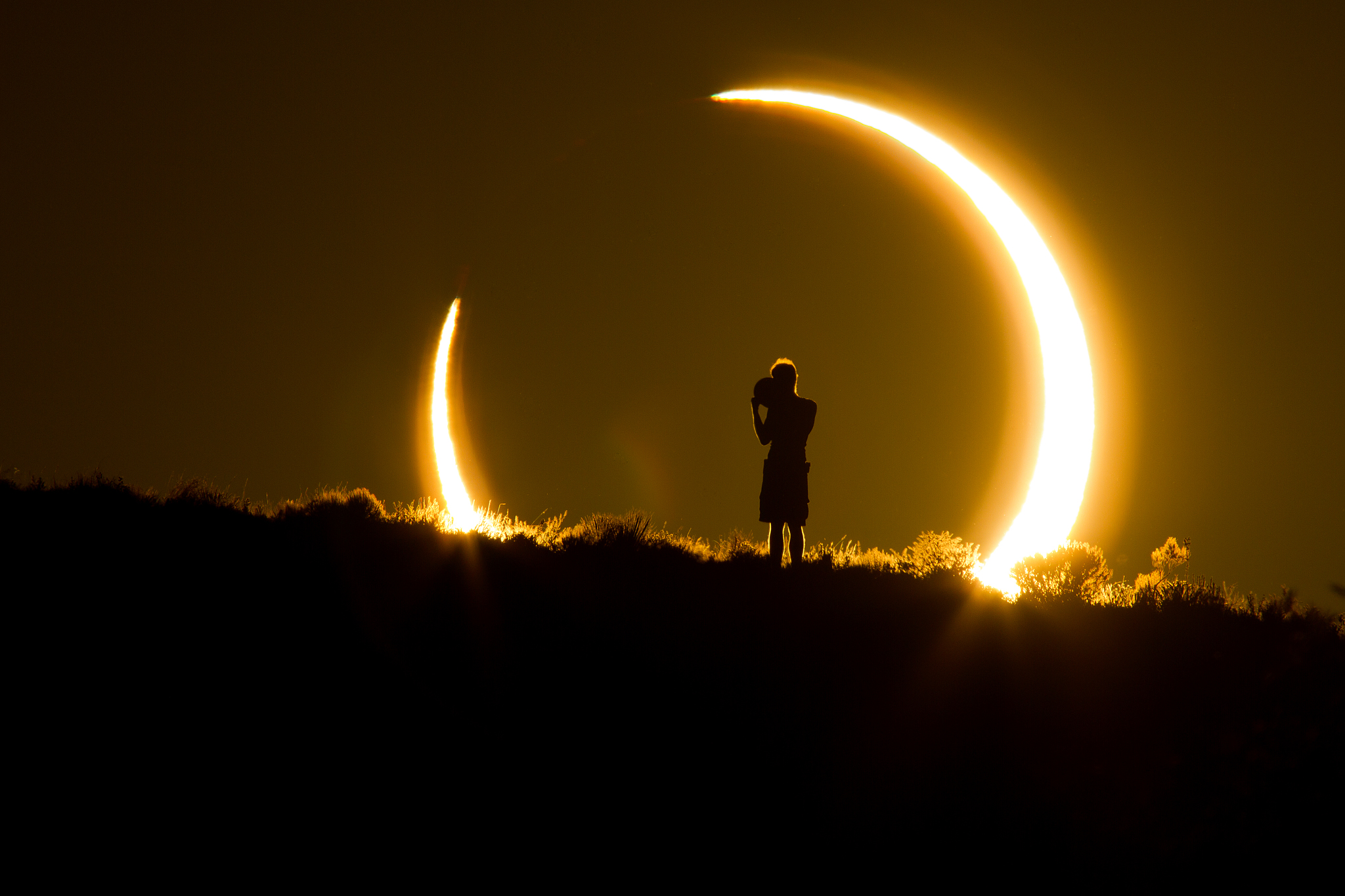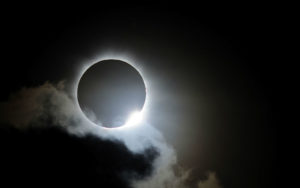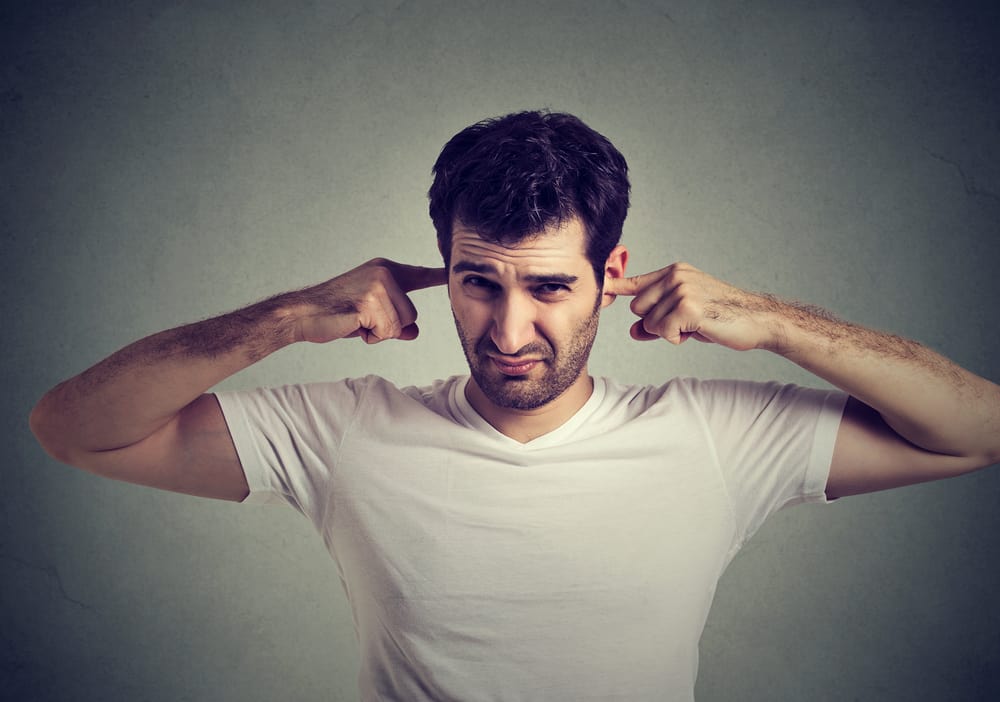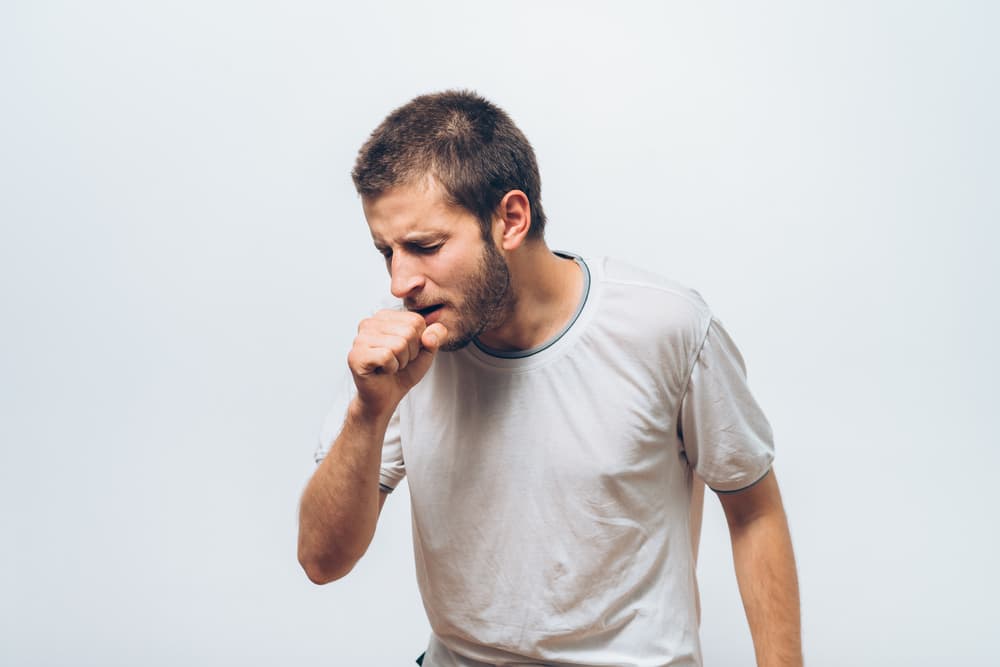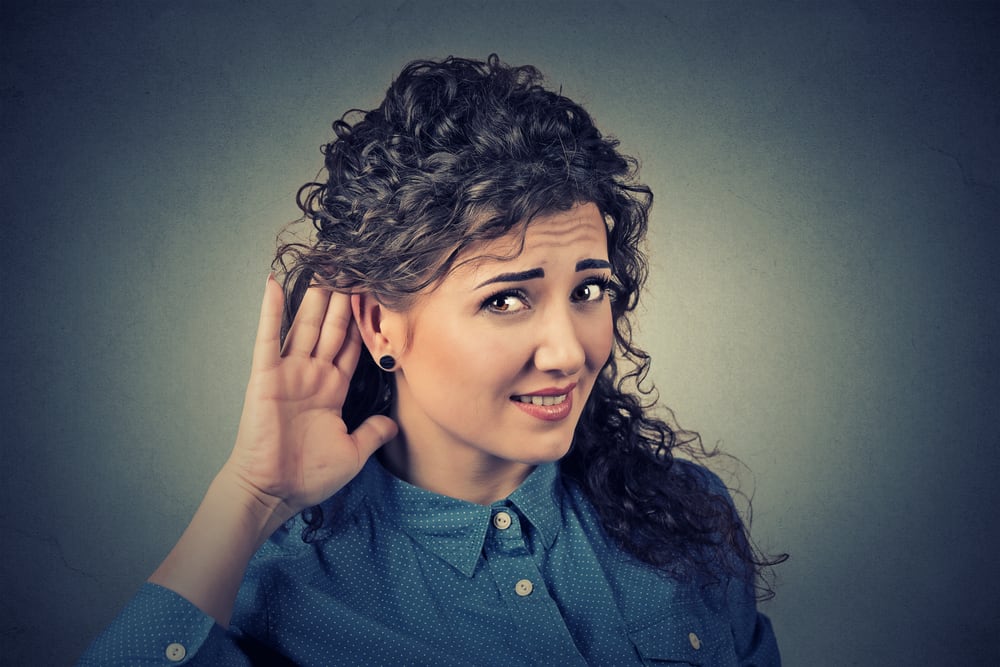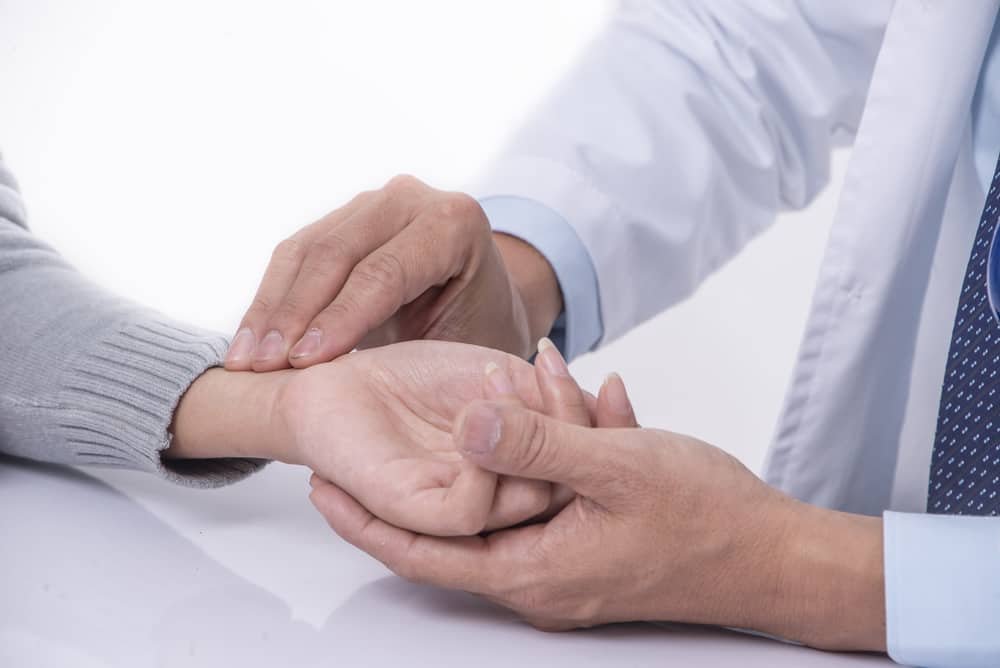Contents:
- Medical Video: Eclipse eye damage: Woman gets crescent-shaped eye burn after staring at solar eclipse - TomoNews
- Why can't we stare at the sun directly?
- Don't look at the solar eclipse directly with the naked eye
- Wear sunglasses when the eclipse is not enough to protect the eyes
Medical Video: Eclipse eye damage: Woman gets crescent-shaped eye burn after staring at solar eclipse - TomoNews
Total solar eclipse is a fairly rare event, depending on where you are located. But in general this "visit" can range from 2-3 times a year to several points in parts of the world until every 375 years in other parts of the world. In fact, there are several locations on Earth that have only been caught watching this phenomenon once in 36 centuries. Wow!
Now, it is reported that the next total solar eclipse will arrive on the upcoming August 21, 2017 and can be seen clearly from several regions in North America. It is uncertain whether this solar eclipse will also be seen from Indonesia. But if yes, you should never be tempted to look at the solar eclipse with your naked eye. Because even though the sun's distance from the earth is quite far, about 150 million kilometers, staring at the sun directly can still cause serious eye damage and sometimes it cannot be restored.
Why can't we stare at the sun directly?
There is a reason why we cannot (and should not) look at the sun directly. Simply put, looking at the sun in normal circumstances is very difficult because the light is too bright and dazzling. But the response to squinting because of the glare or the rush to find shade - whether by hand or sunglasses - is an instinctive human reaction to avoid direct contact with sunlight as much as possible for his safety.
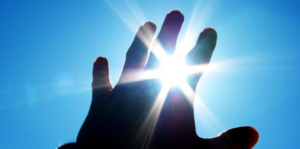
The sun is basically a source of massive hot explosions that occur continuously. Once you decide to see the sun with your naked eye, the sun's rays will begin to "bake" the eyeball. UV rays are the type of sunlight that can most damage the eyes, especially if reflected by sand, snow or water. The cornea (the outermost layer of the transparent eye) will blister and crack due to excessive exposure to UV light.
This process is very similar to how sunlight can burn the skin, which you may have experienced when it was hot outside. The symptoms of this condition, known as photokeratitis, usually appear a few hours after the damage occurs and cause excessive production of tears, red and inflamed eyes, and a stinging sensation like you have rubbed your eyes with sandpaper.
So, when you look right at the sun for a while, the heat produced will be very concentrated on the retina so that it is enough to burn and burn it. Even worse, because the retina doesn't have a pain receptor, you don't know the damage has happened until it's too late.

If you are brave and endure to look at the sun for much longer, then you will experience damage to the retina and macula. The retina is a tissue in the back of the eye to project images to the brain, which is very sensitive to light.
Normally, the pupils will shrink when exposed to bright light, but the amount of light entering the eye is concentrated in the macular tissue. Excessive exposure to UV light from staring at the sun for too long then burning the retina, which can cause temporary partial blindness to permanent blindness in the form of dark circles right in the middle of your field of vision.
So why can't we also look at a direct solar eclipse? Will the sun be entirely or partially covered by black shadows? Isn't this much safer? Eits. Not necessarily. Seeing a solar eclipse, in total or in part, with the naked eye is equally dangerous. Here's the explanation.
Don't look at the solar eclipse directly with the naked eye
Looking at the sun during a solar eclipse is not much different from staring at the sun on a normal day. The difference is we usually will automatically natural reflexes to turn glare from the sun if we stare too long. This is naturally regulated by the brain.
Well, the atmosphere of calm during a solar eclipse lowers self alertness so that we "forget" to squint our eyes and linger over the sky. Pupils also automatically widen when looking at a cloudy sky. Without realizing this can increase the amount of UV radiation that lands on the retina and makes you more susceptible to eye damage.
Solar eclipse is never safe to be seen with the naked eye, whatever its type (partly, sickle, ring, total, or the phase of "travel" from part to total). Even when nearly 99% of the sun's surface is covered by the moon, as small as a thin ring of sunlight that protrudes from behind the moon still emits enough UV light that can burn your eyes, says Ralph Chou, an emeritus optometry professor at the University of Waterloo in Ontario Space. The effect will be the same as when you glare at the sun directly.
But can humans really be blind after seeing a solar eclipse? It may not be that immediate, but the damage you experience can be so severe that the eyes will no longer be able to see properly in detail. Until now there are more than 100 cases of serious and permanent eye damage caused by people who are too long staring at the solar eclipse, said Ralph Chou. However, there is an easy way to avoid this damage: Wear protective glasses when viewing a solar eclipse.
Wear sunglasses when the eclipse is not enough to protect the eyes
A pair of ordinary sunglasses won't protect your eyes from UV light enough during a solar eclipse. To be able to view (and photograph) a solar eclipse, you need glasses or a camera filter specifically designed for solar eclipses. This special lens can reduce the intensity of light entering the eye to the safe level.
It is important to make sure you are using this device correctly. Place the lens / glasses right in front of your eyes, then look up to see the sun. Never let go while still seeing the sun until the moon completely covers the sun, or when you turn away from the eclipse.

